Japanese cuisine is rich in fermented foods, which have been an essential part of daily meals for centuries. From miso soup and soy sauce to natto, pickles, and sake, fermentation plays a key role in enhancing flavors and preserving food. But fermented foods are not just about taste—they also offer significant health benefits, such as improving digestion and boosting the immune system. Why are fermented foods so common in Japan? And what makes them so beneficial for our health? Let’s explore the secrets of Japan’s unique fermentation culture.
What Are Fermented Foods?
Fermented foods are foods that undergo changes in their components through the action of microorganisms such as bacteria, yeast, and mold. This process enhances their flavor, improves preservation, and increases their nutritional value. Because of these benefits, fermented foods have been enjoyed worldwide for centuries.
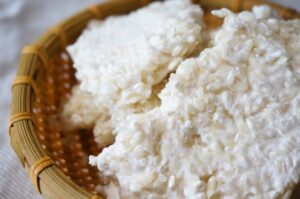
Types of Japanese Fermented Foods
Fermented Condiments
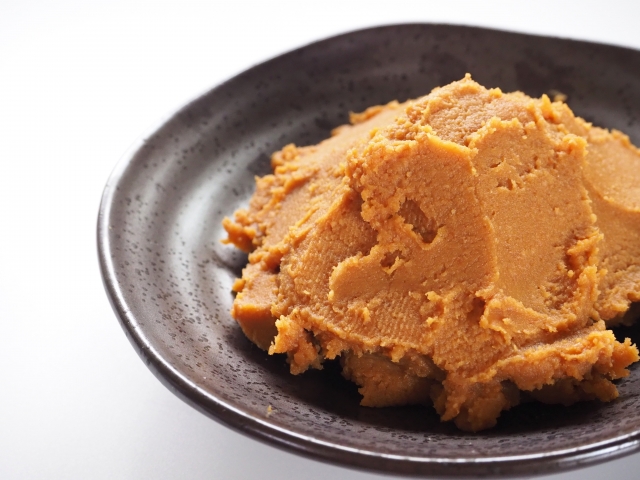
A condiment made by fermenting soybeans with koji mold and salt. The flavor varies depending on the type, such as red miso, white miso, and blended miso.
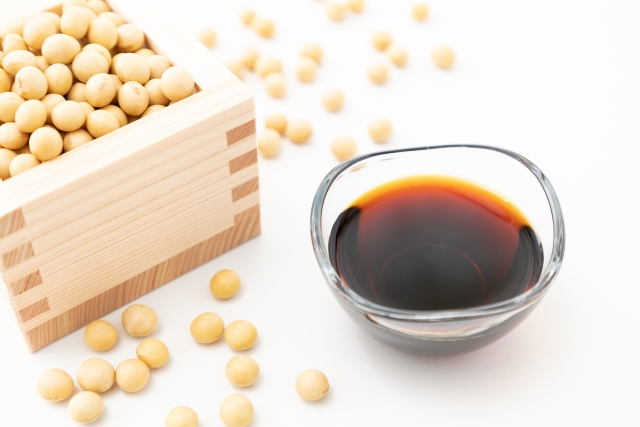
A traditional Japanese condiment made by fermenting soybeans and wheat with koji mold.
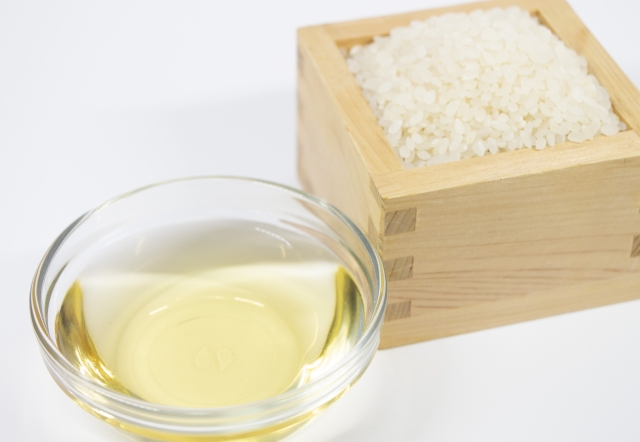
A condiment made by fermenting rice or sake with acetic acid bacteria (e.g., rice vinegar, black vinegar).
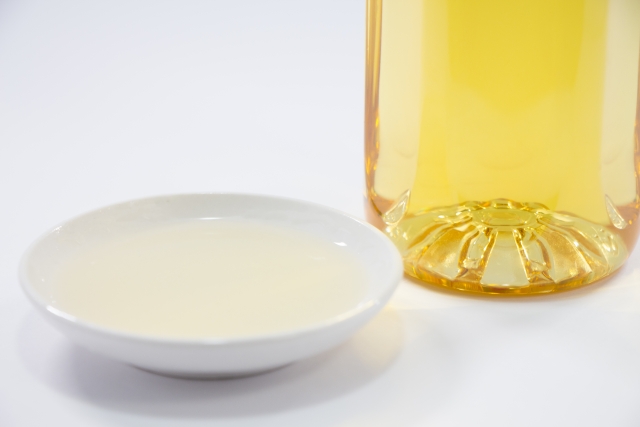
A sweet condiment made by fermenting glutinous rice and rice koji.
Fermented Soybean Foods
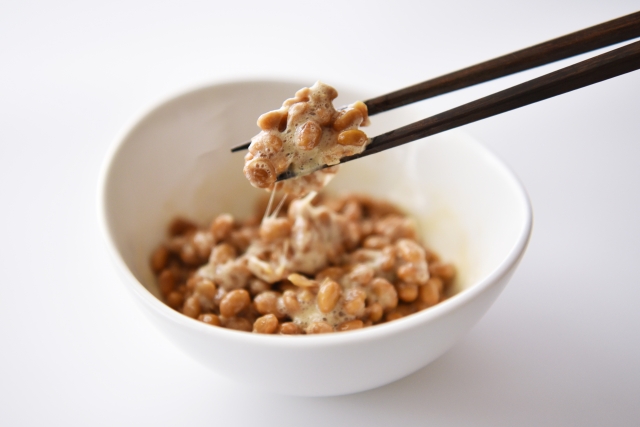
Steamed soybeans fermented with natto bacteria. It is known for its sticky texture and distinct smell.
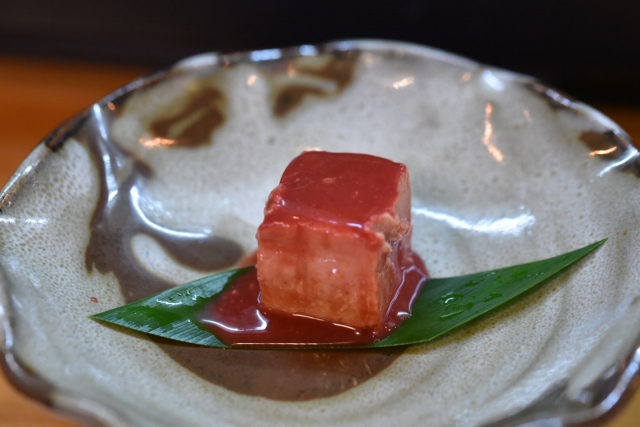
A fermented food from Okinawa made by fermenting tofu with red koji and awamori (a type of Okinawan liquor).
Fermented Seafood
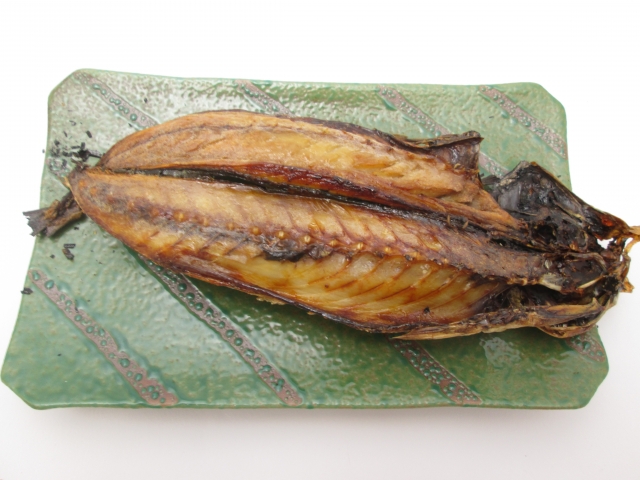
Fish that is soaked in a fermented liquid called “kusaya juice” and then dried. It has a very strong odor.

A traditional dish from Shiga Prefecture, where crucian carp is salted and fermented with rice to make a type of sushi.
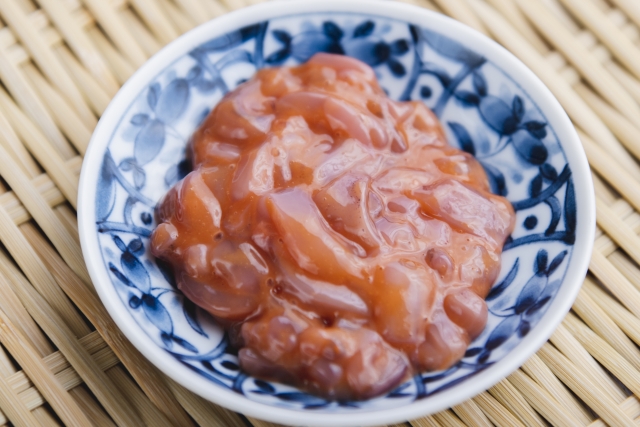
Fermented seafood (like squid or bonito) mixed with its internal organs and salt.
Fermented Grains
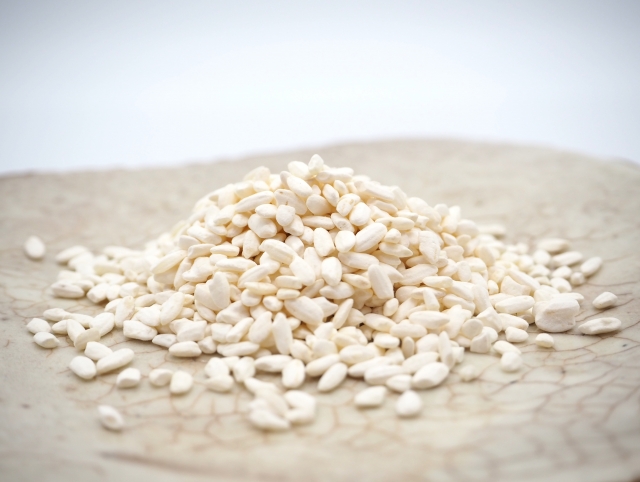
A type of mold that is cultivated on rice, wheat, or soybeans. It is used as a starter for making miso, soy sauce, and amazake.
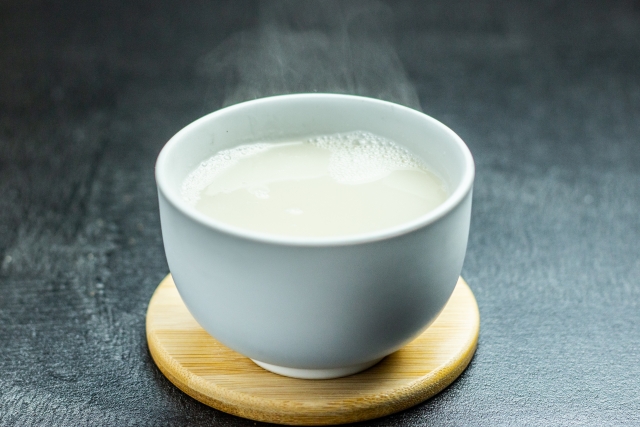
A sweet beverage made by fermenting rice with koji. It has a natural sweetness.
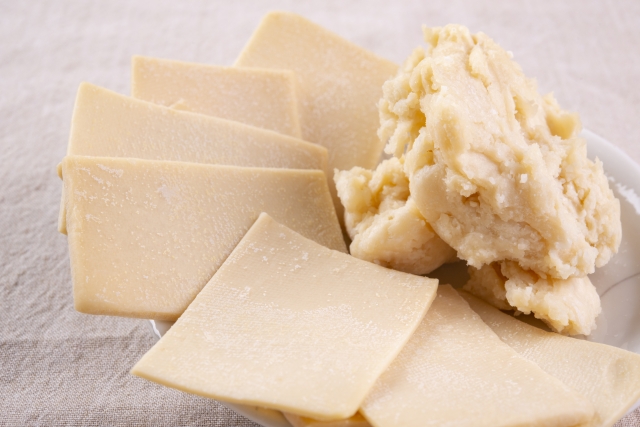
The byproduct of sake brewing, made from the fermentation of rice, koji, and yeast. It is rich in nutrients and commonly used in cooking and baking, enhancing flavors and aiding digestion.
Fermented Pickles
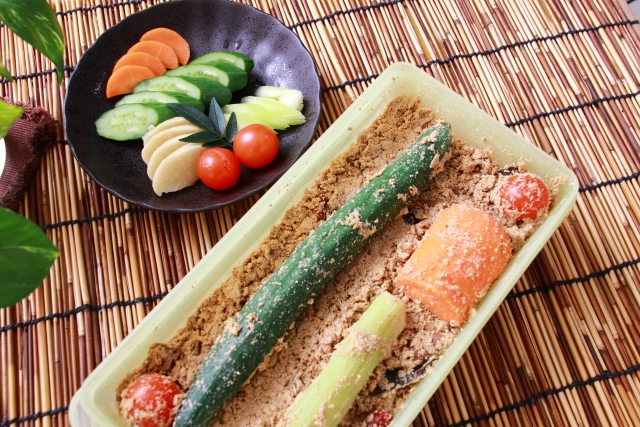
Vegetables pickled in “nukadoko,” a fermented rice bran mixture.
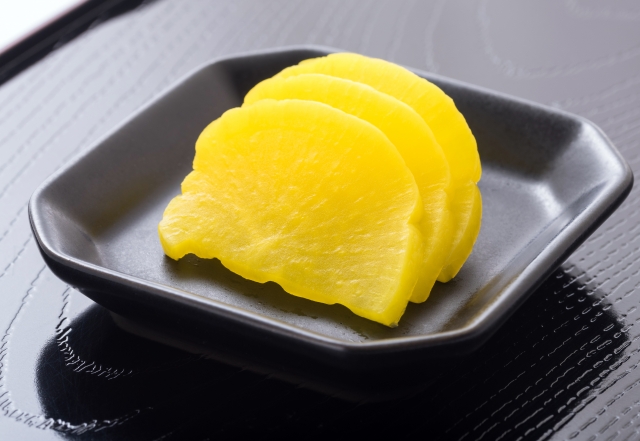
A type of pickle made by fermenting dried radish in rice bran and salt.
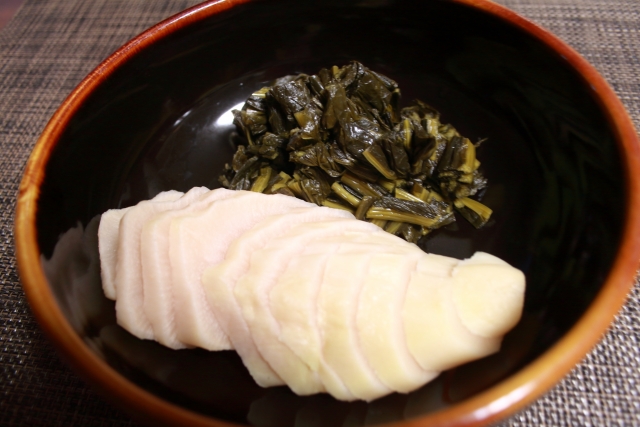
A traditional pickled dish from Kyoto, made using lactic acid fermentation.
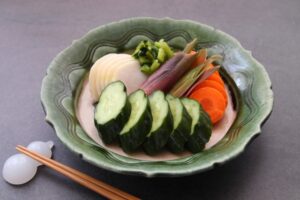
Fermented Alcoholic Beverages

An alcoholic beverage made by fermenting rice, koji, and water.
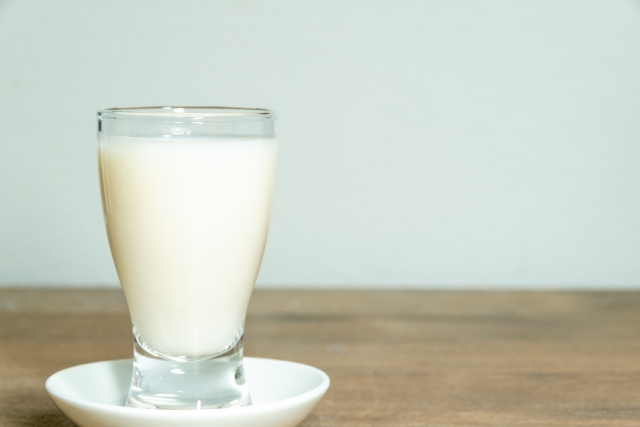
A type of unfiltered sake with a rich, creamy taste.
Main Nutrients and Health Benefits of Fermented Foods
| Fermented Food | Main Nutrients | Health Benefits |
|---|---|---|
| Miso | Lactic acid bacteria, Isoflavones, Vitamin B group | Improves gut health, Enhances skin beauty |
| Soy Sauce | Amino acids, Peptides, Polyphenols | Antioxidant effects, Blood pressure regulation |
| Vinegar | Acetic acid, Amino acids, Citric acid | Fatigue recovery, Blood sugar regulation |
| Mirin | Amino acids, Sugars, Organic acids | Aids digestion, Antioxidant effects |
| Natto | Vitamin K2, Natto kinase, Protein | Bone health, Prevents blood clots |
| Tofu Yo | Protein, Amino acids, Red koji-derived components | Aids digestion, Antioxidant effects |
| Kusaya | Protein, Calcium, Vitamin B group | Bone health, Improves gut health |
| Funazushi | Lactic acid bacteria, DHA/EPA, Calcium | Improves gut health, Promotes blood circulation |
| Shio Kura | Protein, DHA/EPA, Amino acids | Boosts immunity, Promotes blood circulation |
| Koji | Enzymes, Vitamin B group, Oligosaccharides | Aids digestion, Improves gut health |
| Amazake | Glucose, Vitamin B group, Amino acids | Fatigue recovery, Skin beauty |
| Sake Lees | Dietary fiber, Peptides, Amino acids | Boosts metabolism, Improves skin health |
| Nukazuke | Lactic acid bacteria, Dietary fiber, Vitamin B1 | Gut health, Metabolism boost |
| Takuan | Dietary fiber, Vitamin C, Lactic acid bacteria | Improves gut health, Boosts immunity |
| Suguki Zuke | Lactic acid bacteria, Dietary fiber, Vitamin C | Gut health, Aids digestion |
| Sake | Amino acids, Organic acids, Polyphenols | Promotes blood circulation, Relaxing effects |
| Doburoku | Amino acids, Vitamin B group, Lactic acid bacteria | Improves gut health, Promotes blood circulation |
The Health Benefits of Fermented Foods
ermented foods are expected to provide various health benefits, such as improving gut health and boosting immunity.
1.Improvement of Gut Health
Fermented foods contain beneficial bacteria such as lactic acid bacteria, yeast, and natto bacteria, which help increase the good bacteria in the gut and improve the balance of the gut microbiota. This can lead to relief from constipation and enhanced digestion and absorption.
2.Boosting Immunity
The gut is said to be responsible for about 70% of immune function. By improving gut health, fermented foods are believed to make it less likely to catch colds and infections.
3.Aiding Digestion and Absorption
Fermented foods contain enzymes that assist in food digestion. For example, the enzymes found in miso and natto help break down proteins, making them easier for the body to absorb.
4.Rich in Vitamins and Minerals
The fermentation process increases the levels of B vitamins (such as B1, B2, and B6) and vitamin K, which help improve energy metabolism and maintain bone health.
5.Antioxidant and Anti-Aging Effects
The polyphenols and amino acids found in fermented foods have antioxidant properties, which can help prevent aging and promote healthy, youthful skin.

Comments